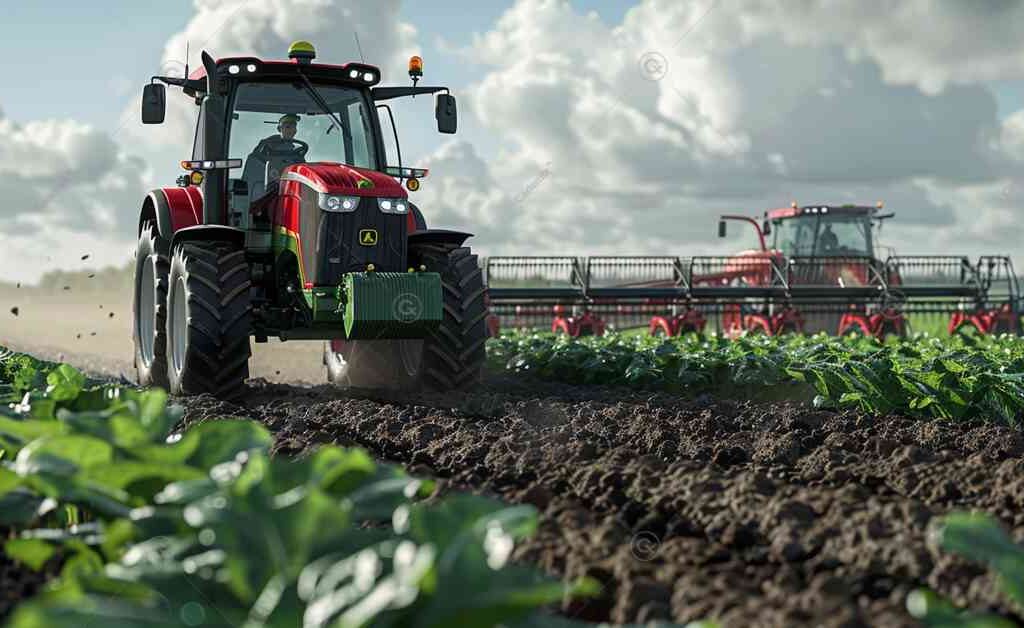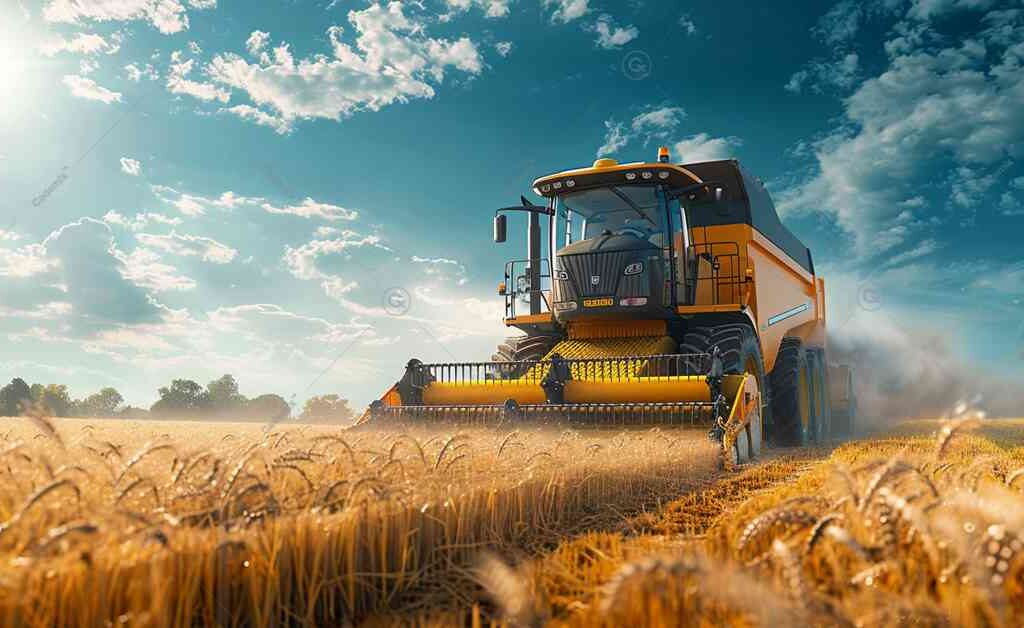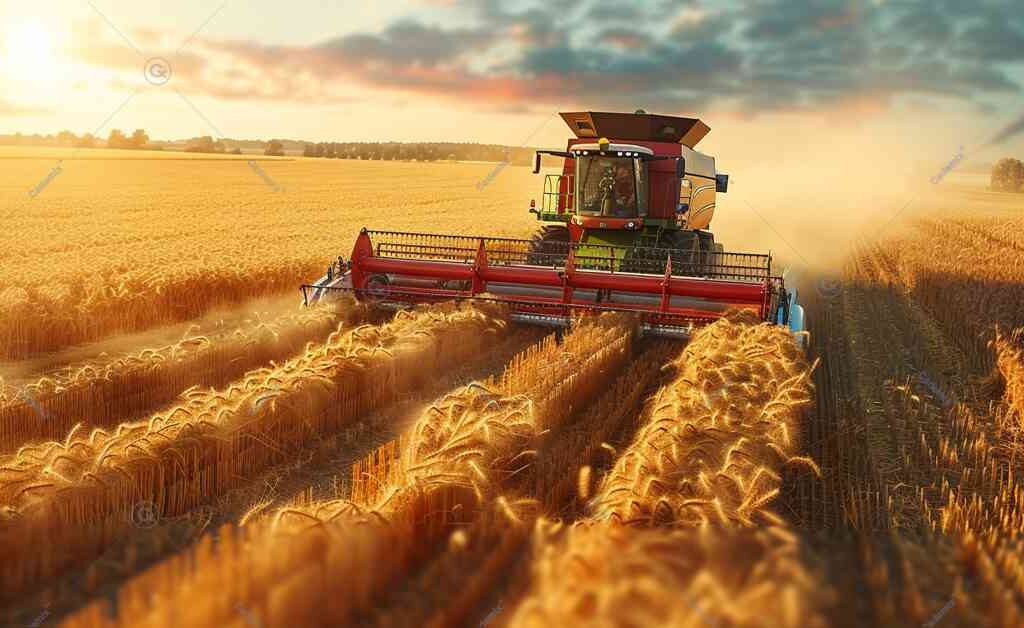Regenerative farming is rapidly gaining recognition as a revolutionary approach to agriculture that not only produces high-quality food but also restores and enhances the health of ecosystems. Unlike conventional farming methods that often deplete resources and degrade the environment, regenerative farming focuses on improving soil health, increasing biodiversity, and sequestering carbon. This traditional-style article explores the principles of regenerative farming, its benefits, and the practical steps farmers can take to adopt these practices for a more sustainable future.
Cademix Instute of Technology-Agriculture Editorial Board
Keywords: regenerative farming, sustainable agriculture, soil health, biodiversity, carbon sequestration, farming practices, ecological restoration
The Principles of Regenerative Farming
At the heart of regenerative farming is the principle of working with nature rather than against it. This approach is based on several core principles designed to restore and enhance the natural systems upon which farming depends.
Exploring the Future of Farming: The Benefits and Practices of Regenerative Agriculture

Building Soil Health
One of the foundational principles of regenerative farming is the focus on building and maintaining healthy soil. Healthy soil is teeming with life, including bacteria, fungi, insects, and earthworms, all of which contribute to its fertility and structure. Regenerative farmers employ practices such as cover cropping, crop rotation, and reduced tillage to enhance soil organic matter and improve its ability to retain water and nutrients. Cover crops, such as legumes and grasses, are planted during off-seasons to protect the soil from erosion, suppress weeds, and add organic matter. Crop rotation breaks pest and disease cycles and reduces the need for chemical inputs, while reduced tillage minimizes soil disturbance, preserving its structure and microbial life.
Enhancing Biodiversity
Biodiversity is another key principle of regenerative farming. Diverse ecosystems are more resilient and better able to withstand pests, diseases, and extreme weather events. Regenerative farmers promote biodiversity by planting a variety of crops, incorporating perennial plants, and integrating livestock into their farming systems. This polyculture approach mimics natural ecosystems and creates habitats for beneficial insects, birds, and other wildlife. For example, integrating livestock through practices like rotational grazing can help improve soil health and fertility by allowing animals to naturally fertilize the land and control plant growth. This not only enhances the farm’s productivity but also contributes to the overall health of the ecosystem.
Carbon Sequestration
Regenerative farming also plays a crucial role in addressing climate change through carbon sequestration. Healthy soils can capture and store significant amounts of carbon dioxide from the atmosphere, helping to mitigate global warming. Practices such as maintaining continuous living cover on the soil, using compost and biochar, and minimizing soil disturbance all contribute to increased carbon sequestration. Continuous living cover, achieved through cover cropping or perennial systems, ensures that plants are actively photosynthesizing and drawing carbon into the soil year-round. Compost and biochar add stable forms of carbon to the soil, enhancing its structure and fertility. By focusing on these practices, regenerative farming not only produces food but also acts as a carbon sink, providing a valuable service in the fight against climate change.

The Benefits of Regenerative Farming
The benefits of regenerative farming extend beyond environmental sustainability. This approach offers significant advantages for farmers, communities, and the broader society.
Environmental Benefits
Regenerative farming has profound environmental benefits. By improving soil health, it enhances the soil’s ability to retain water, reducing the risk of droughts and floods. Healthier soils also require fewer chemical inputs, which means less runoff into waterways, reducing pollution and protecting aquatic ecosystems. Moreover, regenerative practices help to increase biodiversity both above and below ground, creating more resilient farming systems. This biodiversity acts as a natural pest control, reducing the need for synthetic pesticides and fostering a more balanced ecosystem. Additionally, the carbon sequestration potential of regenerative farming contributes to climate change mitigation, making agriculture part of the solution rather than the problem.
Economic Benefits
Economically, regenerative farming can lead to increased profitability for farmers. Healthier soils produce higher yields over time, reducing the need for costly chemical fertilizers and pesticides. Regenerative practices also improve the resilience of crops to extreme weather events, providing a more stable income for farmers. Diversification of crops and integration of livestock create multiple revenue streams, further enhancing economic stability. Moreover, there is growing consumer demand for sustainably produced food, allowing farmers to command premium prices for their products. By adopting regenerative practices, farmers can benefit from both reduced input costs and increased market opportunities.
Social Benefits
The social benefits of regenerative farming are equally significant. This approach supports the well-being of farming communities by promoting practices that are safer for farmers and farm workers, reducing exposure to harmful chemicals. Regenerative farming also fosters stronger connections between farmers and consumers through local food systems and direct marketing initiatives. Communities benefit from the availability of fresh, nutritious food produced in an environmentally sustainable manner. Additionally, regenerative farming practices often involve more labor-intensive methods, which can create job opportunities and support rural economies. By focusing on the health of the land and the people who work it, regenerative farming contributes to the social fabric of rural areas.
Practical Steps to Adopt Regenerative Farming
Transitioning to regenerative farming requires careful planning and a willingness to adopt new practices. Here are some practical steps farmers can take to begin this journey.
Assessing Soil Health
The first step in adopting regenerative farming is to assess the current health of the soil. Soil testing provides valuable information about nutrient levels, pH, organic matter content, and microbial activity. Farmers can use this data to identify deficiencies and develop a plan to improve soil health. Regular soil testing allows farmers to monitor changes over time and adjust their practices as needed. Building soil health is a gradual process, and consistent monitoring is key to making informed decisions that enhance soil fertility and structure.

Implementing Cover Cropping and Crop Rotation
Implementing cover cropping and crop rotation are essential practices in regenerative farming. Cover crops, such as clover, rye, and vetch, are grown during the off-season to protect the soil and add organic matter. These crops help prevent erosion, suppress weeds, and improve soil structure. Crop rotation involves growing different types of crops in succession on the same land to break pest and disease cycles and improve soil health. For example, rotating legumes with cereals can enhance soil nitrogen levels, reducing the need for synthetic fertilizers. Both practices are fundamental to building healthy, resilient soils and reducing reliance on chemical inputs.
Integrating Livestock
Integrating livestock into the farming system can provide numerous benefits for soil health and overall farm productivity. Practices such as rotational grazing, where animals are moved between pastures to prevent overgrazing, help maintain healthy grasslands and improve soil fertility. Livestock naturally fertilize the soil with their manure, adding organic matter and nutrients. They also help control plant growth, promoting a diverse and balanced ecosystem. Integrating livestock requires careful planning to ensure that their grazing patterns align with crop cycles and soil health goals. Farmers should consider the type and number of animals, grazing intensity, and timing to optimize the benefits of livestock integration.
Reducing Tillage
Reducing tillage is another critical practice in regenerative farming. Traditional tillage can disrupt soil structure, reduce organic matter, and harm beneficial soil organisms. No-till or reduced-till methods minimize soil disturbance, preserving soil health and promoting microbial activity. These methods involve planting crops directly into the residue of previous crops without extensive plowing or turning of the soil. Special equipment, such as no-till drills, can facilitate this process. While reducing tillage can present challenges, such as managing weed pressure, the long-term benefits for soil health and productivity are substantial.
Conclusion and Call to Action
Regenerative farming offers a transformative approach to agriculture, providing environmental, economic, and social benefits that extend beyond the farm. By focusing on soil health, biodiversity, and carbon sequestration, regenerative farming creates resilient, sustainable farming systems that can adapt to changing conditions and contribute to climate change mitigation. For farmers, the transition to regenerative practices requires careful planning, continuous learning, and a commitment to working with nature.
If you are interested in exploring regenerative farming and making a positive impact on the environment and your community, consider joining the Cademix Acceleration Program. Our consultancy services and educational programs are designed to support farmers and agricultural professionals in adopting sustainable practices and achieving their goals.
Discover our Cademix Career Autopilot program and learn how we can help you navigate the complexities of regenerative farming and sustainable agriculture. For additional resources and insights, visit Regeneration International and The Rodale Institute.

